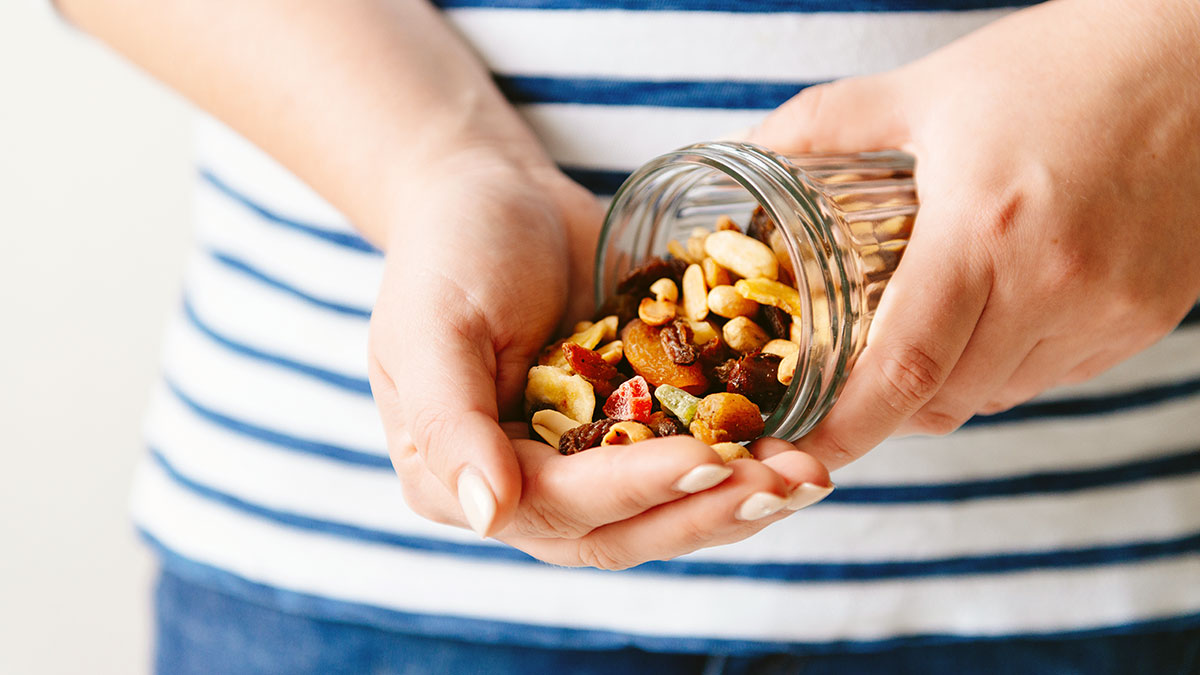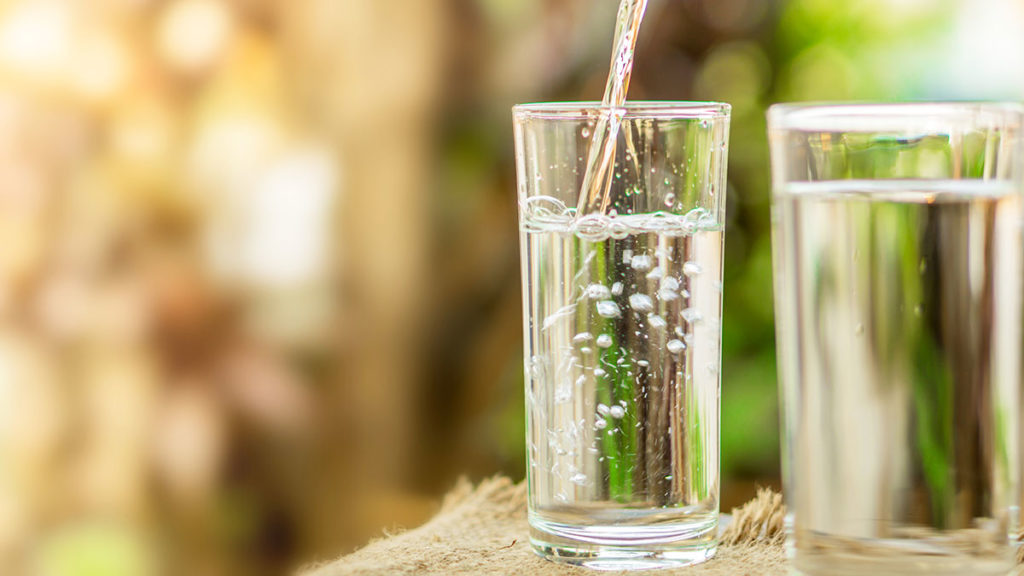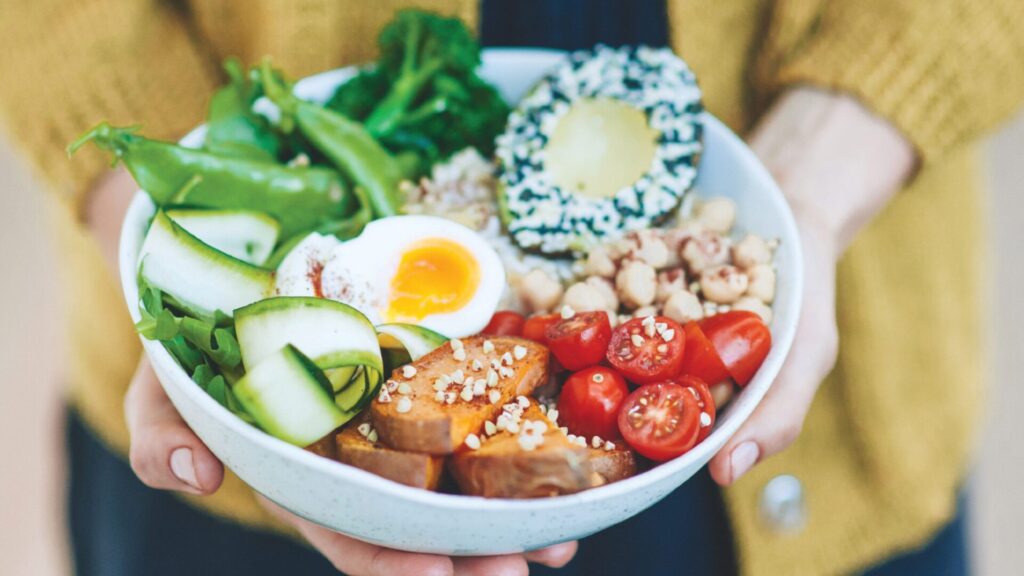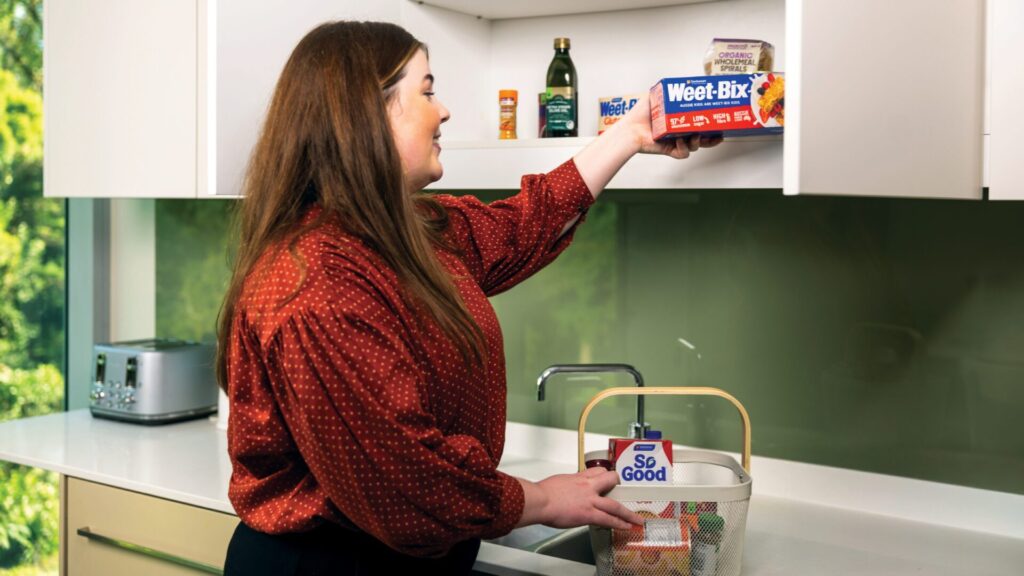Whether it’s grabbing a banana between meetings or reaching for the biscuit tin at 3pm, fuelling our busy, modern lives is no longer wholly dependent on just three square meals. Research suggests that the clear majority of us are now snacking regularly between mealtimes.
Healthy snacking can be part of a well-balanced diet. But it depends on what constitutes a snack and why you’re snacking, plus keep in mind that portion size and nutrition quality matters. Snacking can be a great way to increase your satiety levels, keep energy levels stable and provide a source of nourishing nutrients.
How can you snack right?
Snacks to eat: Be on the look-out for snacks that contain fibre, protein and good quality carbohydrates. This magic combination helps keep you feeling fuller for longer. Think wholegrains, nuts, veggie sticks and hummus, popcorn and yoghurt. Nut butter on apple slices is a high fibre fix that will help curb sweet cravings and also boosts your fibre and protein intake. The combination of protein and fibre helps to keep the hunger pangs at bay and provides long-lasting energy.
Amount: Consider your portion sizes—a snack is not a main meal. You want to make sure you’re eating enough before the ‘hanger’ kicks in, without getting to the point that you feel full. In general, aim for snacks that are no more than 800 kilojoules. This could be a small tub of plain unsweetened yoghurt, a piece of fruit, a handful of unsalted nuts or a boiled egg.
Eat the rainbow: Make fruit and veggies your first choice for a snack, as we’re not getting enough in our diets. Adding them to your snack stash will help you reach your daily goals. It doesn’t have to be carrot sticks or an apple either. Prepping foods like fruit-based bliss balls, veggie dips and homemade muesli bars in advance will mean they’re ready for you to enjoy when hunger strikes. The humble banana is also a great mid-afternoon snack as the vitamin B6 helps your body create and use energy, and it also helps reduce tiredness and fatigue.
More tips to snack smart
Cravings. Have you had enough water? We often mistake hunger for thirst, so if you’ve eaten recently but are still feeling peckish, try drinking a big glass of water, waiting 20 minutes and then see if you still feel like eating a snack.
Frequency. The number of snacks you consume depends on your activity level and meal size. If you’re very active, you may prefer two or three snacks per day, while a more sedentary person may do best with just one snack.
Avoid. Highly processed snacks such as salty chips and sweet biscuits may give you a burst of energy, but you’ll feel hungrier an hour or two later and find yourself going back for more. Plus, they provide little to no nutritional value. Instead of a coffee, try fortified almond milk in a smoothie or straight up between meals. The extra vitamins can help your body unlock and use energy.







